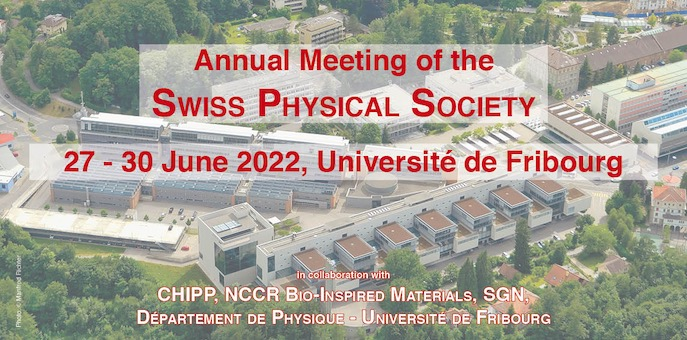Speaker
Description
To unveil mobile excitons we use angle-resolved photoemission spectroscopy (ARPES) to detect dispersing excitons in the quasi-one-dimensional metallic trichalcogenide TaSe3. While screening usually suppresses exciton formation in metals, the low density of conduction electrons, the low dimensionality, and two many-body effects favor them. In this presentation I will introduce the idea how to use ARPES to detect dispersing excitons in the quasi-one-dimensional metallic trichalcogenide. We show that the interplay of dilute conduction electrons, low effective dimensionality, and heavy quasiparticles seems to result not only in a single excitonic branch of excitations, but even in multiple “sidebands”, suggesting the possibility of creating bound states with different internal structure.
